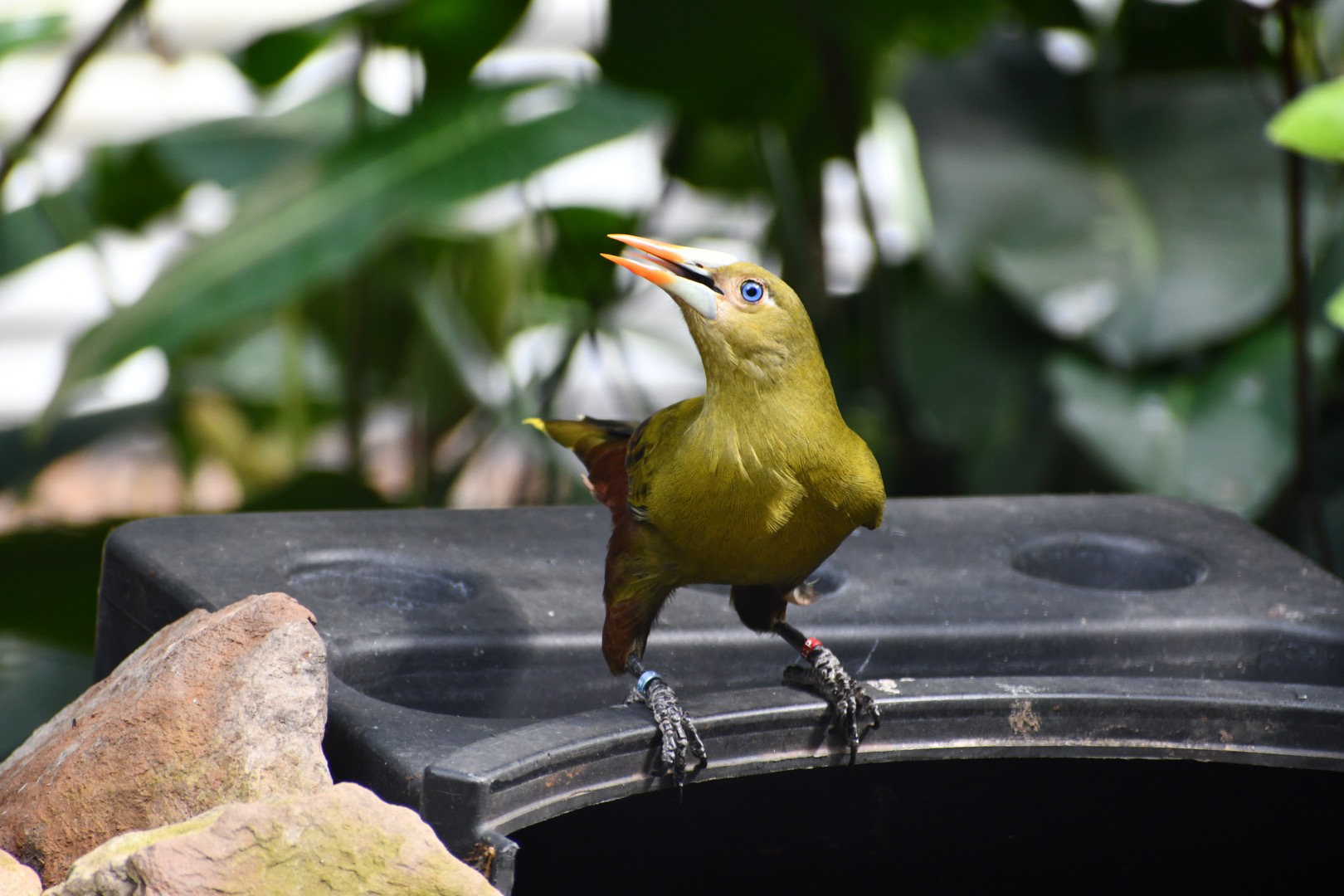Summary of World of Reptiles Conservatory Reopens:
The World of Reptiles & Friends at the Virginia Zoo, a prime attraction featuring many reptiles, amphibians, and other creatures, has reopened after nearly a year of closure for updates and remediation. The reopening allows guests to relish in experiences like greeting the king cobra upon entry, observing new reptile and amphibian babies, coming face-to-face with a critically endangered Siamese crocodile, and marveling at a reticulated python in the Hall of Giants. The Conservatory, an integral part of the experience, was closed in spring 2023 for necessary refurbishments due to its tropical environment necessitating high humidity and warmth, which over time required aesthetic and extensive remediation.
The initial closure was prompted by the unexplained deaths of some animals, leading to the discovery of environmental causes, including a rare strain of encephalomyocarditis virus (EMCV) and fungus. However, the fungus was not linked to the deaths. Following thorough inspections, animal relocations, extensive testing, and remediation, the zoo, in collaboration with the City of Norfolk, enhanced pest control measures to prevent such occurrences. They have since seen no EMCV cases in nearly a year but continue to prioritize mitigation and prevention.
While the Conservatory begins a new chapter with plans for habitat remodels and the introduction of a new large-scale reptile species suited for the humid environment, many of the Conservatory’s mammals will remain off-exhibit for the time being. However, visitors can again enjoy the company of various bird species that have returned to the Conservatory. The zoo expresses gratitude for the support received during this challenging period and is eager to welcome guests back to this unique exhibit. The Virginia Zoo Director of Communications is available for any inquiries.
– The Virginia Zoo’s World of Reptiles & Friends reopens after extensive renovation and updates.
– Introducing measures to combat the rare EMCV virus outbreak that led to animal losses.
– Plans for future enhancements, including mammal habitat remodels and introducing a new large-scale reptile species.
– Strategies for ongoing vigilance in disease prevention and environmental quality monitoring.
The World of Reptiles & Friends reopening at the Virginia Zoo marks a significant milestone in the commitment to wildlife conservation and management. Following an almost year-long closure necessitated by a complex health crisis affecting some inhabitants, this iconic Conservatory welcomes visitors to explore its diverse ecosystems, now rejuvenated with rigorous environmental enhancements and thoughtful redesign. This article explores the multifaceted approach taken by the zoo in response to the challenges faced, detailing the integration of scientific research, disease management, and habitat improvement to secure the well-being of its residents.
The original closure of the Conservatory was prompted by the unfortunate deaths of animals, leading to a comprehensive investigation by the zoo’s dedicated staff. A rare strain of the encephalomyocarditis virus (EMCV), along with the presence of a specific fungus, was identified as the primary culprit. Understanding the gravity of this finding, the Virginia Zoo, in collaboration with the City of Norfolk, embarked on an extensive remediation initiative, demonstrating an exemplary model of swift response and adaptive management in zoo environments.
The EMCV virus, predominantly known to affect mammals and non-human primates, posed a significant threat to the varied species housed within the Conservatory. Typical transmission through ingestions, such as contaminated rodent fecal matter, emphasized the need for an escalated pest control regime. The zoo’s proactive measures have since shown to be effective, with no further cases detected, illustrating the critical importance of continuous environmental and health monitors; a comprehensive overhaul of the Conservatory’s internal ecosystem was done to safeguard the inhabitants. By simulating natural habitats more accurately and enhancing structural features to improve daylight penetration and humidity control, the zoo offers a safer environment for the animals and a more immersive and educational experience for visitors. These improvements align with the increasing recognition of the intricate link between animal welfare, habitat quality, and visitor engagement in modern zoological practices.
The impact of these efforts extends beyond immediate health benefits for the Conservatory’s residents. By transitioning some of the favorite mammals to newly remodeled habitats and planning the introduction of a new large-scale reptile species, the zoo is set to enhance its educational offerings. These changes promise to foster a deeper understanding and appreciation of biodiversity, conservation, and the complex dynamics of living ecosystems among the zoo’s visitors.
The World of Reptiles & Friends is an essential educational resource, inviting visitors to explore the fascinating world of reptiles, amphibians, and other inhabitant species. This Conservatory’s journey through closure, investigation, and reopening is a testament to the resilience and dedication of wildlife conservationists and zoo management professionals. It underscores the vital role of research, science-based disease management, and habitat design in securing the future of captive wildlife populations.
As the Virginia Zoo continues to evolve and expand its conservation efforts, the commitment to maintaining rigorous health standards, environmental quality, and engaging educational programs remains steadfast. These initiatives serve not only to protect the inhabitants of the World of Reptiles & Friends but also to inspire future generations of conservationists and wildlife enthusiasts. Through diligent observation, continuous improvement, and a commitment to excellence, the Virginia Zoo sets a commendable standard in the care and presentation of wildlife, ensuring a rich, educational experience for all who enter its gates.

